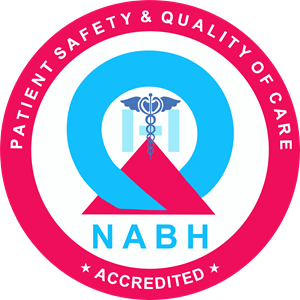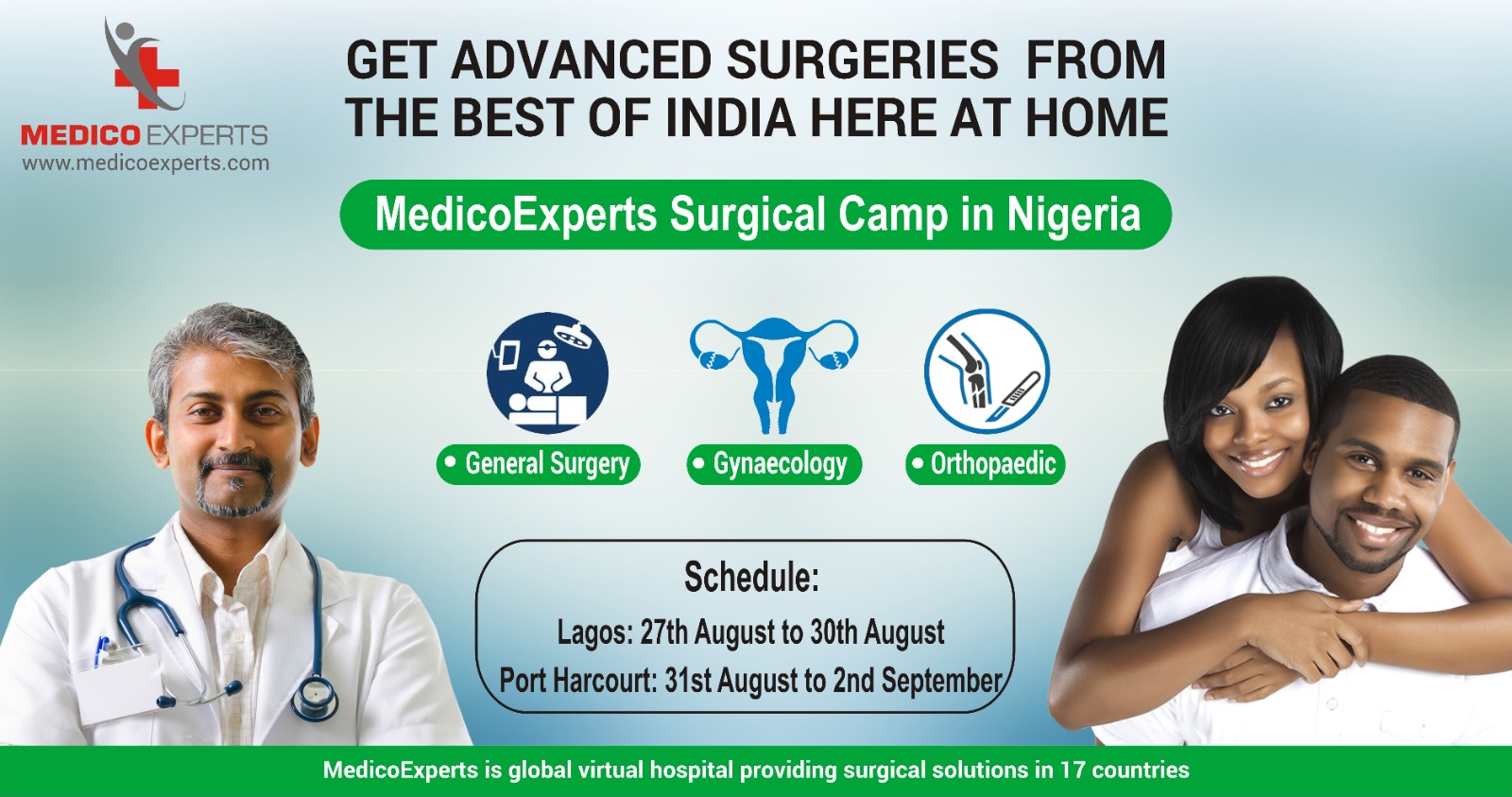Limb-Girdle Muscular Dystrophy: The Path To Effective Care
When you are challenged with Limb-Girdle Muscular Dystrophy (LGMD) each day can appear like a relentless struggle against time. As physical power diminishes, the ability for you to move becomes extremely difficult.
Approximately 50% of LGMD patients experience significant mobility challenges within 20 years of onset.
The looming fear of progression and the lack of clear solutions often leave you searching for answers and relief. So is there a method to efficiently control this condition?
Find out in this blog several techniques like symptoms, diagnosis, risks and complications, and treatment, for overcoming the complexities of LGMD. Emphasize the importance of genetic counselling, along with prognosis and life expectancy.
In addition, it will provide a comprehensive overview of the clinical characteristics of LGMD and other significant symptoms.
Let us get started.
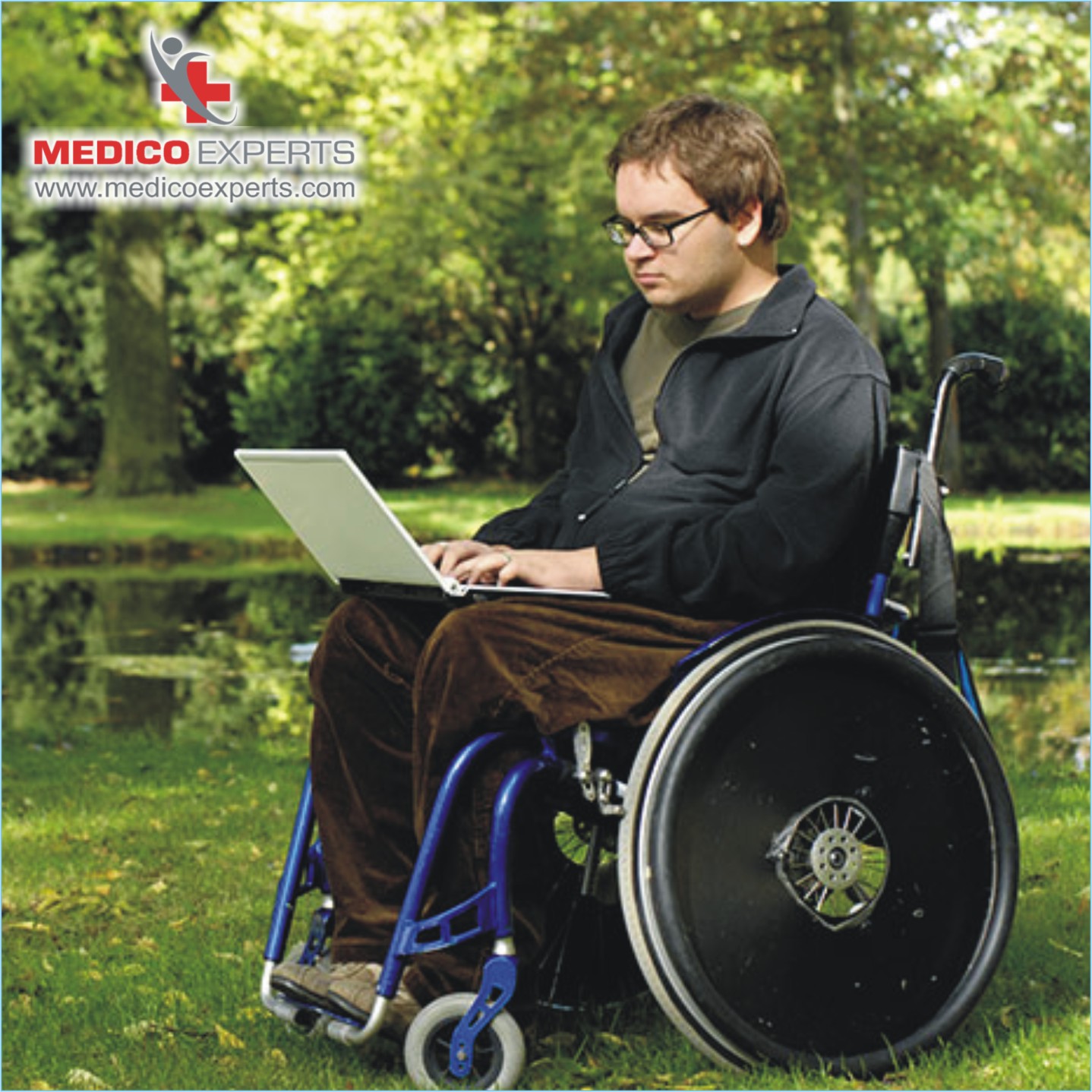
What is Limb-Girdle Muscular Dystrophy?
Limb-girdle muscular dystrophy (LGMD) refers to an umbrella of hereditary disorders characterized by the diminished strength of the muscles located in the hips, upper arms, pelvic region, thighs, and shoulders.
The scientific name (limb-girdle muscular dystrophy) for this category of disorders comes from the apparent weakening and shrinkage of the muscles involved with the limb girdles.
With a prevalence of 2 in 100,000 individuals, the LGMD group of disorders ranks as the fourth most common genetic factor contributing to muscular weakness.
Genetic mutations are the underlying cause of this condition, which can exhibit significant variations in severity.
A distinctive skeletal structure known as the limb girdles provides support to the shoulder and hip regions. These structures consist of the shoulder girdle and pelvic girdle, respectively.
Having understood what is LGDM, let’s now look at the signs and symptoms of limb-girdle muscular dystrophy.
At least 30 different inherited diseases fall under limb-girdle muscular dystrophies.
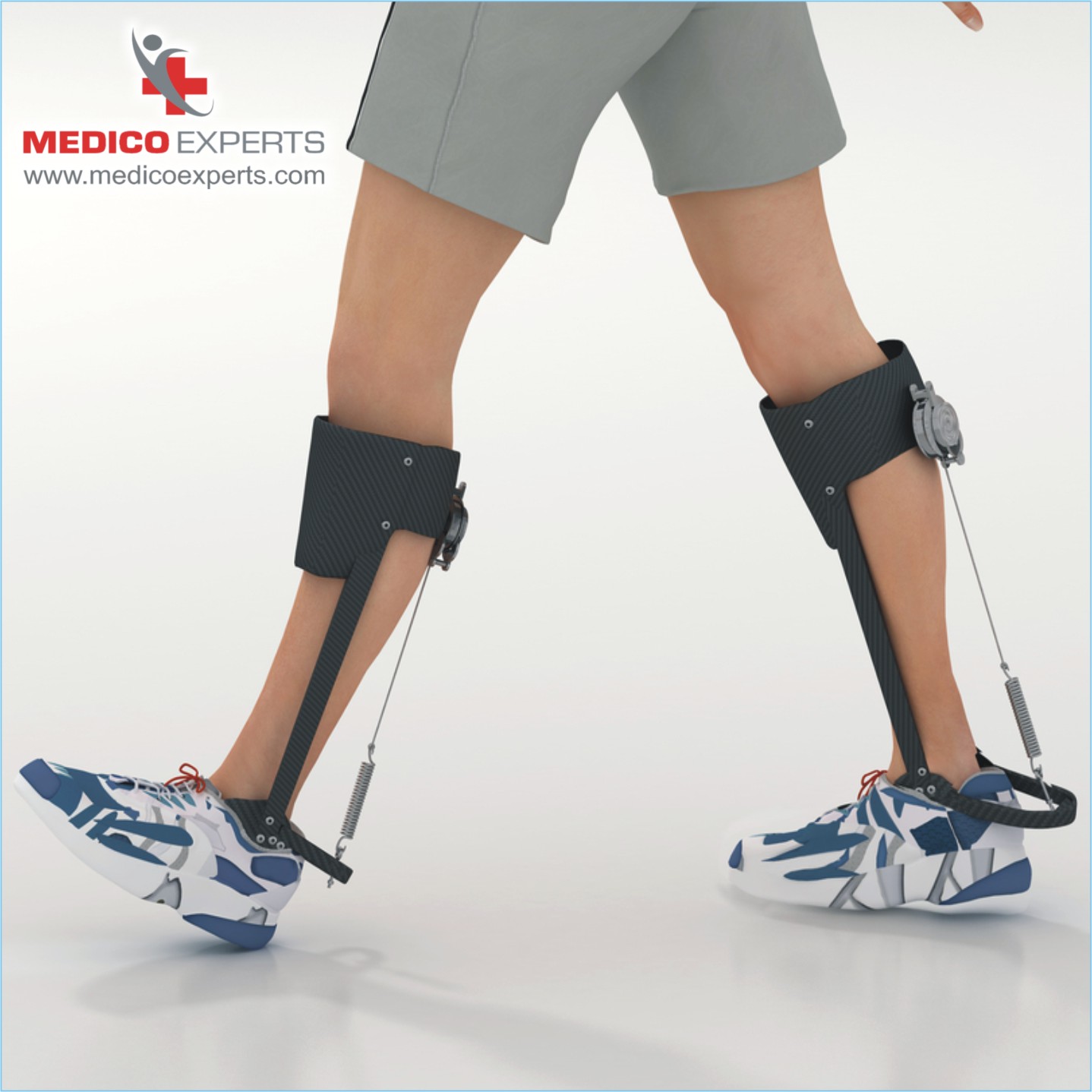
What are the symptoms of Limb-Girdle Muscular Dystrophy (LGMD)?
For accurate diagnosis and effective treatment understanding LGMD plays a vital role. Let’s discuss some of the main characteristics, signs and symptoms:
Affected Areas: LGMD primarily weakens muscles in the hips, thighs, and shoulders.
Progression: There is a progression of deterioration in the lower limbs and subsequently in the upper limbs also.
Age of Onset: The time of onset and severity of symptoms can vary greatly even in those carrying the same mutation.
Early Signs: Feeding difficulties may be preceded or accompanied by poor walking ability, a “waddling gait,” and weakness in the hips and legs.
Walking and Mobility: Patients have significant difficulty ambulating, climbing stairs, and getting up from the floor, often requiring mobility aids. This often includes using a rollator, a full-time wheelchair, or other mobility aids.
Shoulder Weakness: Inability to lift arms, carry heavy objects, or reach overhead.
Facial Weakness: Some forms of LGMD affect the muscles in the face, making speech and swallowing hard to accomplish.
Heart and Breathing Issues: Muscle weakness can cause heart failure and breathing difficulties.
Symmetrical Muscle Weakness: Muscle weakness typically starts on both sides of the body almost at the same rate.
Musculoskeletal Disability: Painful stiffness, cramping, and tiredness can often be felt.
Calf Enlargement: Calves tend to appear bigger due to fat taking the place of muscular tissue.
Cognitive Issues: Some people may be intellectually challenged while developing and learning.
Elevated CK Levels: Higher creatine kinase levels are common in LGMD.
Diagnostic Tools: Muscle biopsy and genetic test is necessary for some types of LGMD.
Thus, understanding the overall symptoms as well as clinical features may help healthcare professionals diagnose and manage LGMD more effectively, with competent, targeted, and individualized treatments that cover both generalized and specific characteristics. The two insights complement each other thoroughly to ensure all-rounded care.
What is the root cause of Limb-Girdle Muscular Dystrophy?
Limb-girdle muscular dystrophy is the result of mutations (alterations) in the genes that are responsible for the healthy structure and function of the muscle. The mutations result in the cells that are responsible for maintaining your muscles being unable to fulfil this function, which leads to a gradual deterioration of muscle strength over time.
Each subtype of LGMD is characterized by distinct gene mutations. These genetic mutations may be inherited from your biological progenitors.
Based on how the mutations are inherited, there are two primary categories of limb-girdle muscular dystrophy:
These LGMDs are the result of autosomal dominant inheritance patterns. This implies that the condition can be acquired by inheriting the mutated gene from one of your biological parents.
These LGMDs are the result of autosomal recessive inheritance patterns. This implies that you have inherited a genetic mutation that is responsible for the condition from both of your biological parents.
But how do these genes carry the disorder through generations? Keep reading…..
Can Limb-Girdle Muscular Dystrophy be inherited?
If LGMD does not run in the family, how can it be genetic? The issue here relates to the very nature of genetic inheritance. LGMD can be in a family even if only one person has it because of the different ways genetic diseases are inherited.
The two main ways that limb-girdle muscular dystrophy is inherited are as follows:
- the autosomal dominant pattern and
- the autosomal recessive pattern.
The term “autosomal” indicates that the responsible genes are not present on either the X or Y chromosomes; as such, they can be passed down by either parent, irrespective of gender.
Autosomal dominant inheritance requires a person to inherit only one defective gene from one parent to develop the illness. This parent would also carry the sickness. In Autosomal recessive inheritance, a person inherits two unhealthy genes, one from each parent, to develop the illness. In this scenario, the parents are carriers who may show no symptoms.
A recessive type of LGMD may occur when a person develops an unusual genetic mutation. This means there is no family history or carriers in the family. However, if someone develops LGMD they can pass on the mutation to their children, possibly introducing the illness into the family.
How common is Limb-Girdle Muscular Dystrophy?
Limb-girdle muscular dystrophy is estimated to be extremely uncommon, with the total number of subtypes affecting roughly two persons out of every 100,000 in the United States.
On the other hand, Duchenne muscular dystrophy, which is the most prevalent form of muscular dystrophy, affects approximately one in every 3,600 men who are born in the United States.
The LGMD R1 calpain3-related subtype (calpainopathy) is the most common form of limb-girdle muscular dystrophy in the United States, accounting for 12% – 30% of all LGMD cases.
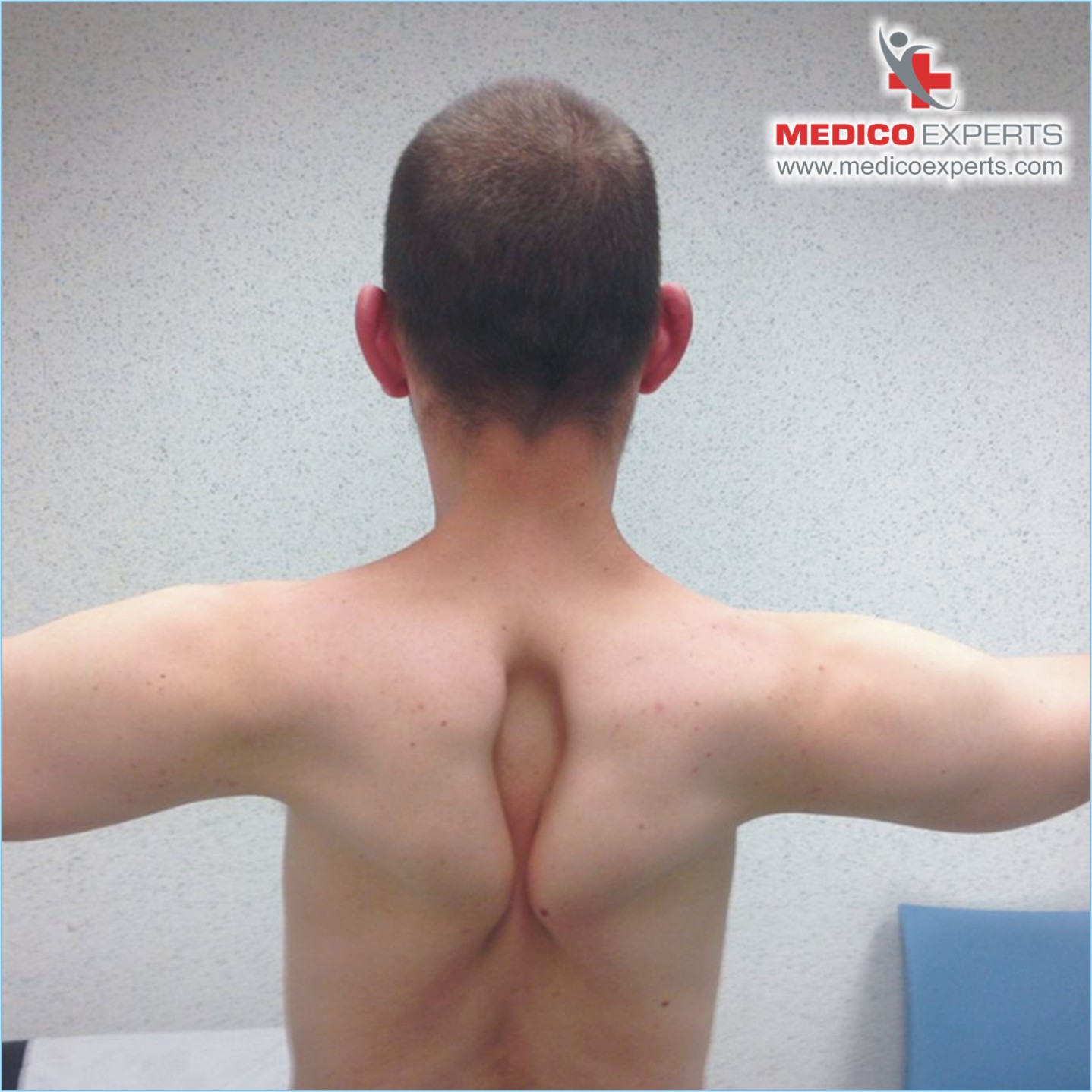
How is Limb-Girdle Muscular Dystrophy diagnosed?
The diagnosis of limb-girdle muscular dystrophy (LGMD) usually involves clinical evaluation, genetic testing, and specific tests.
A physician will perform a thorough physical examination and while conducting the physical examination, he will look for the presence of muscle weakness and wasting, reduced mobility, and difficulties in performing various day-to-day activities.
It is an important component of the diagnostic process for LGMD. In fact, several different genes cause LGMD, and genetic testing could identify mutations in these specific genes that provoke the disease.
The test may be conducted from a blood sample, saliva sample, or even a muscle biopsy, depending upon the suspected type of LGMD.
Other than genetic testing, specific tests might be applied for assessing the muscle function and degree of muscle damage.
These can be electromyography, which diagnoses the electrical activity of muscles, nerve conduction studies to test the nerve, and imaging tests like MRI or CT scans.
Muscle biopsy may help to inspect the anatomy and make-up of muscle tissue in order to diagnose LGMD and decide whether this kind of disease is different from other muscular diseases.
In general, diagnosis of LGMD is complicated requiring a multidisciplinary approach in the diagnosis with specialized testing and expertise coming from a team of healthcare providers.
Limb-Girdle Muscular Dystrophy Treatment in India
At present, there is no identified cure for limb-girdle muscular dystrophy, but researchers are highly active in their pursuit to come up with a cure.
The primary objective of treatment is to improve one’s health and alleviate symptoms. Treatments can vary with the specific type of LGMD and may include:
The primary objective of physical and occupational therapies is to increase muscle strength and flexibility. They can assist you in preserving your mobility and identifying more efficient methods for completing daily duties.
Postponing muscle weakness, increasing lung function, postponing scoliosis, and reducing the progression of cardiomyopathy are potential benefits of corticosteroids, including prednisolone and deflazacort. Corticosteroids may be advantageous for only a few subtypes of LGMD, particularly those that are LGMD R9 FKRP-related.
Devices such as canes, supports, walkers, and wheelchairs can boost your mobility and mitigate the risk of falling. Additionally, they can assist in alleviating fatigue.
Using these assistive devices can greatly improve mobility and help with daily tasks. When weakness in the pelvic girdle and upper legs leads to frequent falls, a power wheelchair or scooter can provide a convenient solution.
In order to alleviate tension in contracted muscles and to rectify scoliosis, certain individuals with LGMD may require surgery. For example, surgery may be used to correct scoliosis or other spinal deformities or to release contractures that can occur in the muscles and tendons.
Respirators and cough-assist devices can assist in respiration. Tracheostomy and assisted ventilation may be required in the event of respiratory failure.
The treatment of cardiomyopathy with ACE inhibitors and/or beta-blockers at an early stage may prevent the onset of heart failure and delay the progression of the condition. Pacemakers can also be used to address cardiac rhythm issues and heart failure.
The treatment can thus be supportive to the individuals who cannot speak well.
Individuals with limb-girdle muscular dystrophy type 1A (LGMD 1A) could also have weakness, particularly on the bulbar muscles, such as the tongue and pharynx. This would easily trigger a problem in speech (dysarthria) and swallowing (dysphagia).
In addition to these conventional treatment options, there are also several emerging therapies and clinical trials being developed to treat LGMD.
These include gene therapy, stem cell therapy, and novel drug therapies that target specific genetic mutations associated with the disease.
Stem cell therapy has the potential to transmit progressive muscle proteins and restore the stem cell pool. This has made it a promising treatment option for muscular dystrophy in India.
The Procedure:
It’s simple and safe because it involves injections instead of surgery. The process includes obtaining adult stem cells from the patient’s bone marrow, which are then processed in a specialized lab for injection back into the patient.
There are three steps involved in the procedure. For more information on this read here.
The Benefits:
Stem cell therapy has been shown to improve:
- Physical activity,
- Muscle strength, and
- Overall aids in the patient’s quality of life.
Additionally,
- It can also reduce inflammation,
- Slow the progression of the disease,
- Restructuring of tissues, and
- Prevention of cell death.
So, it is important to discuss all potential risks with a healthcare provider before undergoing stem cell therapy.
What is the success rate of Stem Cell Treatment for Limb-Girdle Muscular Dystrophy Treatment in India?
In 2012, cell therapy received the Nobel Prize in Medicine, and many consider it the greatest medical breakthrough in history.
In India, cell therapy only uses bone marrow cells that are taken from the patient’s own body.
This treatment is effective in addressing various conditions like Autism, Cerebral Palsy, Muscular Dystrophy, Intellectual Disability, Spinal Cord Injury, Traumatic Brain Injury, and Ataxia. It uses the patient’s own cells, making it a safe and reliable therapy with no risk of contamination or adulteration.
To date, there have been no adverse incidents resulting from cell therapy at Medicoexperts in India. The data indicates that 90% of the patients who received muscular dystrophy cell treatment experienced an improvement in their symptoms. The risk of tumor formation is also eliminated as the therapy effectively regulates cell proliferation.
The goal of this treatment is not just to treat patients suffering from incurable neurological conditions, but also to rejuvenate and restore their health and energy.

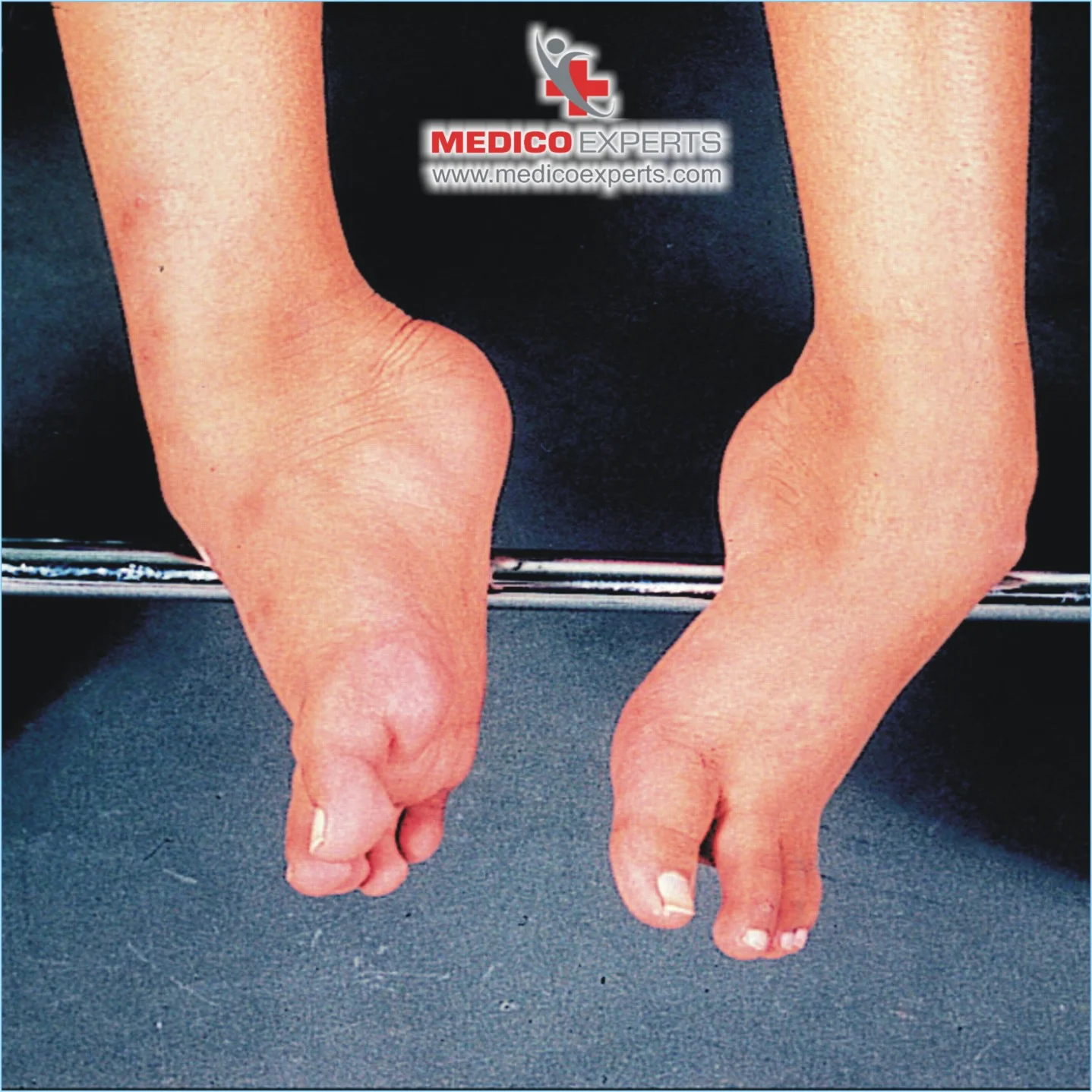
What are the potential risks and complications associated with Limb-Girdle Muscular Dystrophy?
The challenges of limb-girdle muscular dystrophy (LGMD) vary based on several circumstances.
Various subtypes of LGMD can present with unique complications.
- Timing of Symptoms: The complications can vary based on the age at which symptoms initially manifest.
- Rate of Progression: The rate at which the condition progresses can be a factor on the development of complications.
- Medical care: Availability of full medical care and proper symptom control can be very significant factors in affecting patient outcomes.
Potential complications that could happen include:
- Delays in Development: Difficulty with gross motor function, such as with walking, in cases of LGMD diagnosed at an early age.
- Intellectual and Learning Differences: A person may have problems related to cognitive impairments and learning difficulties.
- Kyphosis/Scoliosis: Spine abnormalities, particularly in cases of childhood-onset LGMD, may comprise both kyphosis and scoliosis or only one of these.
- Restrictive Lung Disease: This can lead to respiratory insufficiency or failure.
- Malnutrition: Difficulties with eating and swallowing lead to nutritional problems.
How does Limb-Girdle Muscular Dystrophy progress?
According to 2023 research, roughly 63% of those with LGMD endured mobility loss whereas 34% developed cardiac/respiratory difficulties.
LGMD begins with muscular weakness in the hips and shoulders progressing to the lower arms, legs, hands, feet, trunk, and head. This may need the use of mobility aids or a wheelchair.
In rare circumstances, LGMD might impair cardiac and respiratory functioning. This potentially leads to heart failure or breathing problems.
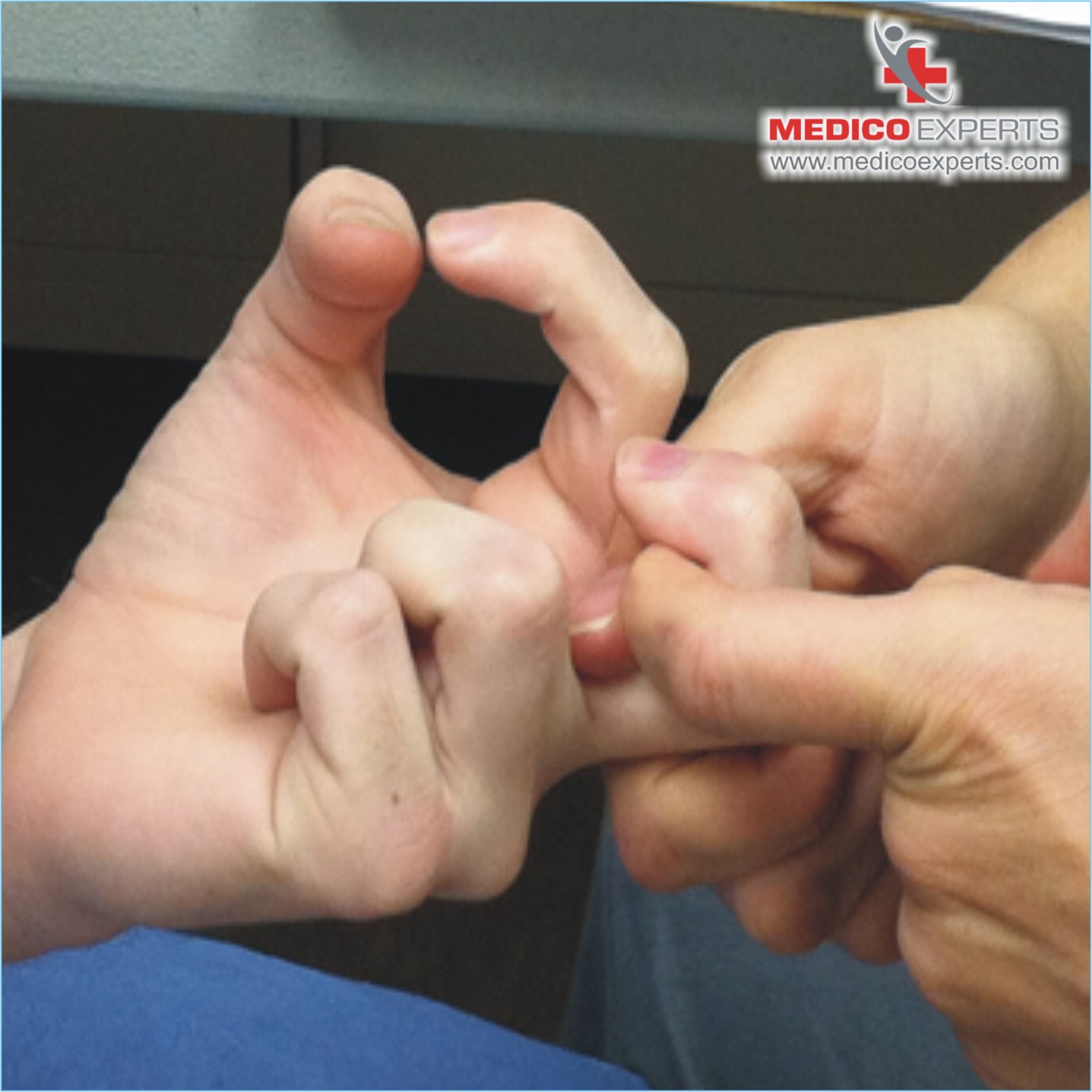
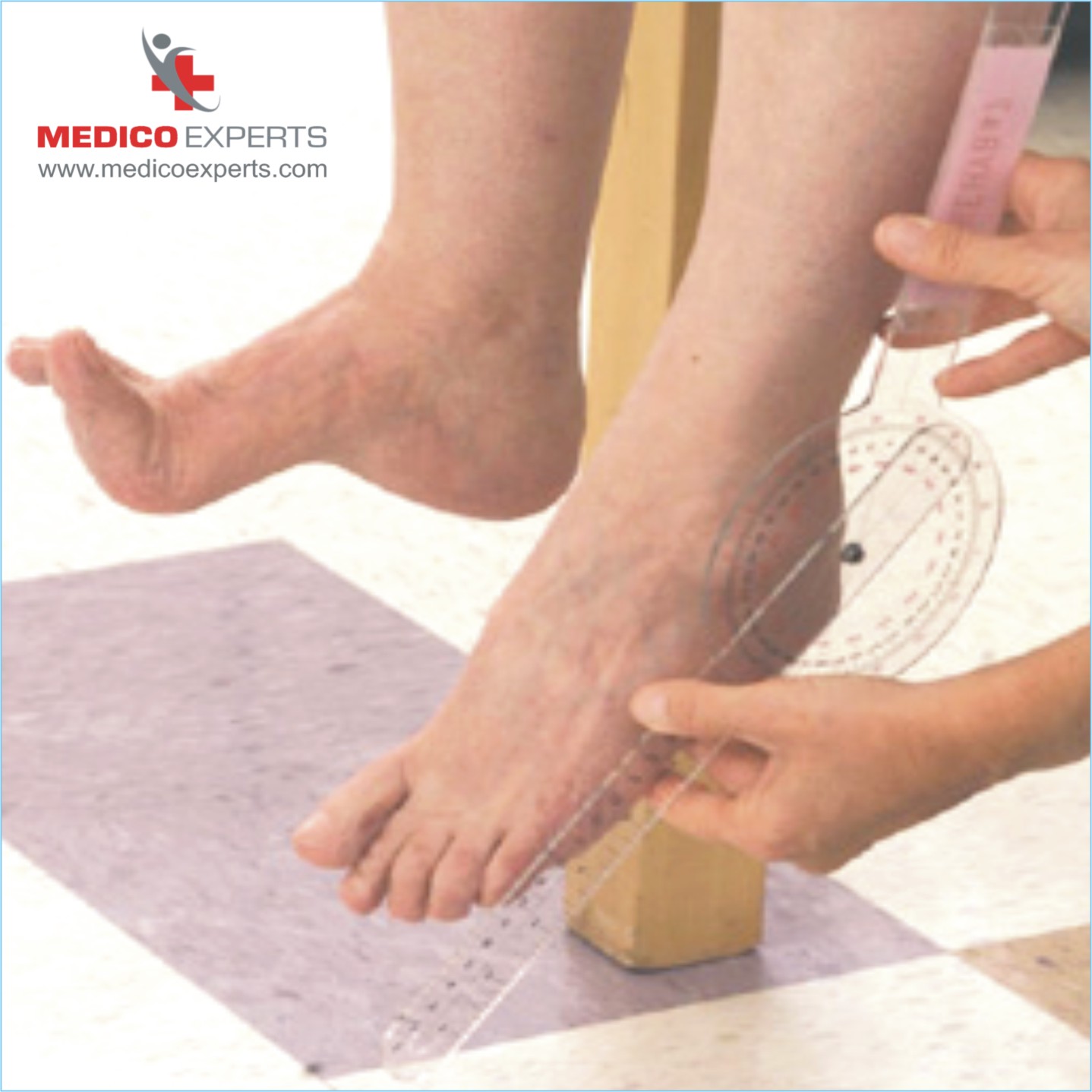
Can Limb-Girdle Muscular Dystrophy be prevented?
Limb-girdle muscular dystrophy (LGMD) is a genetic disorder, so it is not currently preventable.
Below are the steps to manage limb-girdle muscular dystrophy.
While LGMD itself cannot be prevented, there are ways to treat the condition, delay complications, and improve your quality of life:
- Eat a healthy diet to prevent malnutrition.
- Drink plenty of fluids to avoid dehydration and constipation.
- Get regular light to moderate exercise as recommended by your doctor.
- Maintaining a healthy weight will help to prevent muscular tension.
- Stop smoking to protect your lungs and heart.
- Keep all of your vaccination shots up to date to lower your risk of this condition.
What is the prognosis outlook for those with Limb-Girdle Muscular Dystrophy?
The prognosis for LGMD is difficult to predict accurately. Healthcare experts will give you as much information as possible about what to expect based on your specific situation.
In general, LGMD that begins in childhood advances quicker and causes more difficulties. In contrast, when LGMD begins in adolescence or adulthood, it is usually slower-progressing and less severe.
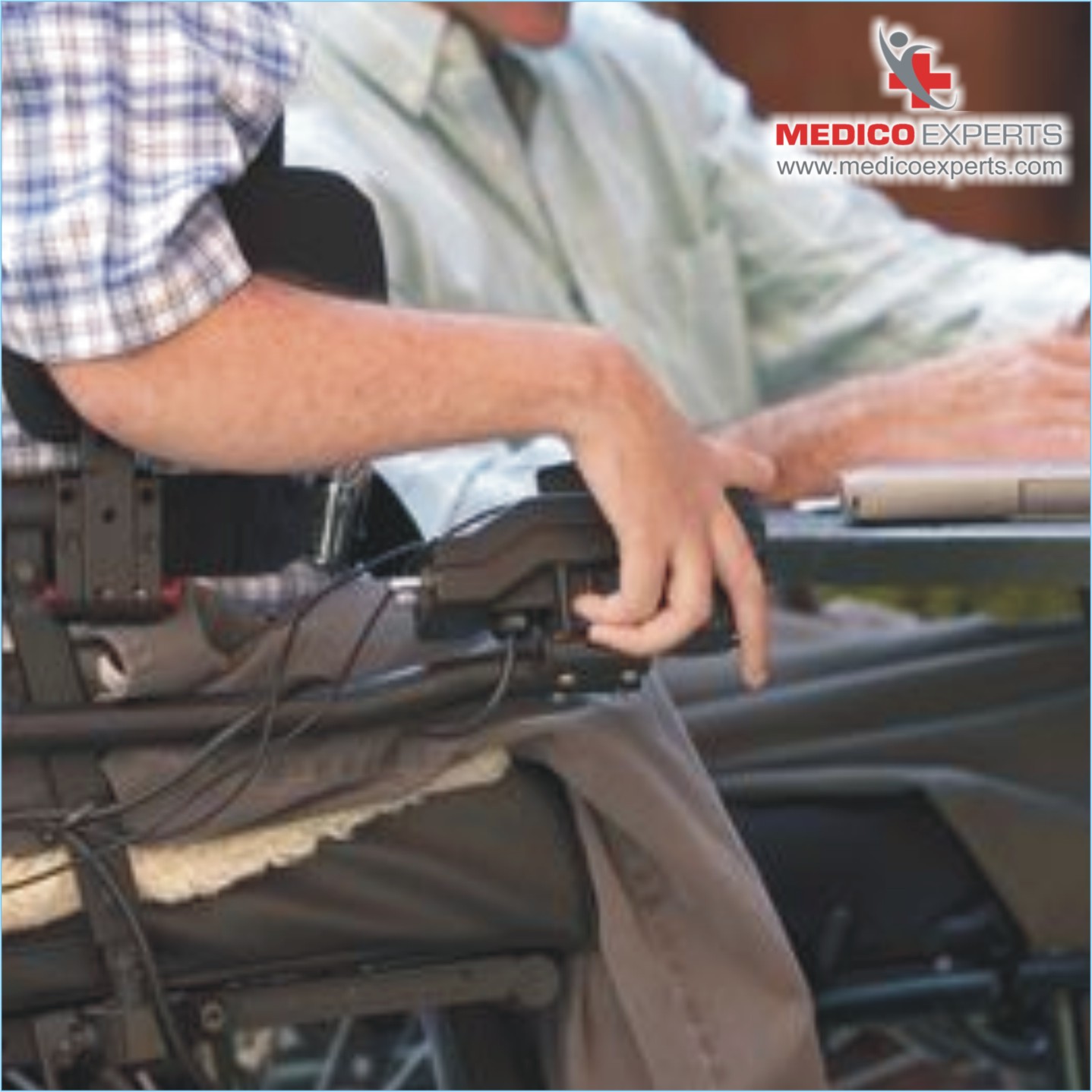
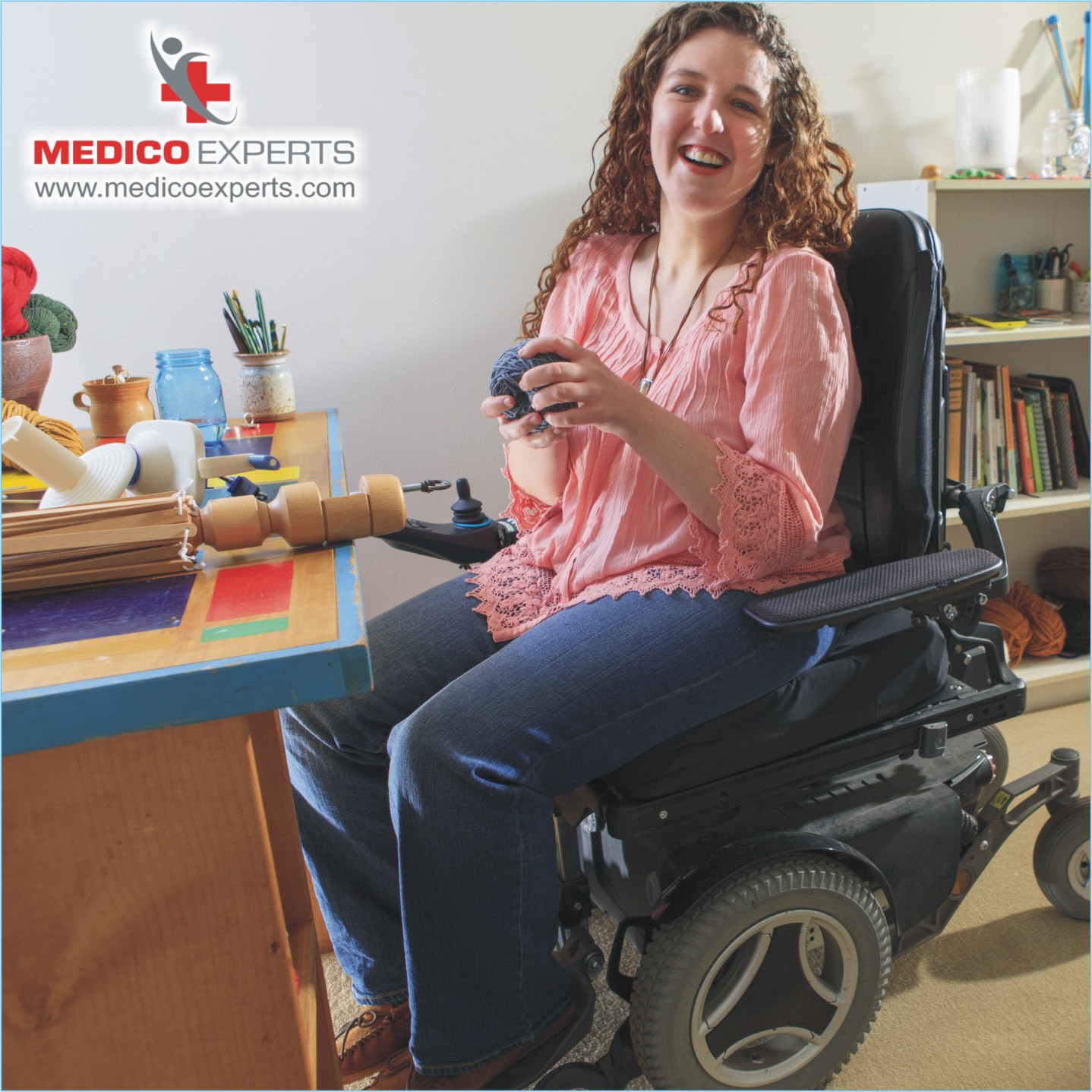
How long can an individual live with Limb-Girdle Muscular Dystrophy?
The life expectancy for those with LGMD varies greatly depending on the subtype and how rapidly the disease advances.
People who develop heart and respiratory complications tend to have a shorter life expectancy than those who do not have these problems.
What are the medical care treatment options for Limb-Girdle Muscular Dystrophy?
The remedy of LGMD is primarily supportive, as there are currently no disease-modifying treatments. The main goals are to maintain mobility, manage complications, and improve health.
The best care is multidisciplinary therapy at a center experienced in neuromuscular diseases. Additionally, the following methods can be utilized:
As muscle weakness progresses, simple assistive devices such as canes or long-handled grasping aids can make walking and completing tasks easier.
If pelvic girdle and thigh weakness lead to frequent falls, a powered wheelchair or scooter may become necessary. Such walkers can often restore independence and reduce fatigue.
Although cardiac involvement is less common in LGMD, it can present as cardiomyopathy or conduction abnormalities.
Regular monitoring with electrocardiograms, echocardiograms, or cardiac MRI is essential. Treatment may include medications, pacemakers, or, in severe cases, heart transplantation.
Respiratory function could decline over time but require regular monitoring.
Noninvasive ventilation can support respiratory function in respiratory insufficiency or sleep-related breathing disorders.
Difficulty swallowing and arm weakness can lead to malnutrition; a swallowing test or referral to a gastroenterologist may be needed. Adjusting food consistency or using a feeding tube may help.
Weight control is also important because excess weight can stress weak muscles.
Spinal Deformities: Patients with LGMD are at increased risk for musculoskeletal spinal deformities, such as kyphosis or scoliosis.
Referral to an orthopedic expert is required for examination and necessary surgery in order to preserve appropriate posture, mobility, and cardiac and pulmonary function.
Takeaway
Taking in your diagnosis of limb-girdle muscular dystrophy (LGMD) may prove a little difficult.
Limb-Girdle Muscular Dystrophy signs range widely in terms of onset, severity, and progression. Thus, early diagnosis, new treatment options and individualized care are important. However difficult it may be effective treatment and care can make a great difference in complete health.
MedicoExperts, we prioritize the significance of receiving exceptional treatment for Limb-Girdle Muscular Dystrophy (LGMD) while ensuring both quality and affordability. We understand the importance of providing high-quality care without compromising on cost.
Healthcare costs can be adequately controlled with the right strategy. This is why we have collaborated with some of the most specialized doctors and thousands of hospitals so that you may get the best care at the best available price.

Frequently Asked Questions (FAQs):
Q1. How does LGMD affect your daily life?
A: LGMD can make simple activities like walking, and climbing up the stairs or even heights difficult. Affected persons may have to employ the use of assistive devices and modification of the environment so they can remain independent and live successfully with disability.
Q2. What age does limb-girdle muscular dystrophy start?
A: LGMD may appear at any age and generally worsen with time. However, in some cases, they remain mild.
Q3. Is exercise good for muscular dystrophy?
A: Yes, exercises can be beneficial for muscular dystrophy.
Q4. Are there new treatments for LGMD, or are the results from research becoming better?
A: LGMD is still on the research table, and new medicines plus technological advancements continue to be discovered. Present-day research targets gene therapy, new drug therapy, and advanced care of patients who are already symptomatic.
Q5. Can physical activity help relieve LGMD symptoms?
A: Yes, physical activity can help people with LGMD cope with challenges. Physical therapists can create specific exercise programs to help you increase your strength, flexibility, and mobility.
Q6. How can I find an LGMD specialist?
A: Consult your family doctor, contact the Center for Neuromuscular Diseases, or seek out speciality clinics for muscular dystrophy. MedicoExperts can also help you connect with experienced doctors and facilities who can meet your individual needs.
Q7. What role does MedicoExperts play in LGMD treatment?
A: MedicoExperts is crucial in the treatment of LGMD because it bridges one to the best-qualified specialists and advanced treatment facilities. We help in this treatment by helping you find your way in the health care system, ensuring that the treatment is of high quality, and also ensuring cost-effective treatment by by connecting you to the best hospitals and doctors.
- https://www.genomicseducation.hee.nhs.uk/genotes/knowledge-hub/limb-girdle-muscular-dystrophy/
- https://www.mountsinai.org/health-library/diseases-conditions/limb-girdle-muscular-dystrophies#:~:text=Outlook%20(Prognosis),reach%20their%20full%20life%20expectancy.
- https://www.mda.org/disease/limb-girdle-muscular-dystrophy#:~:text=The%20shoulder%20girdle%20is%20the,2%20in%20every%20100%2C000%20individuals.
- https://my.clevelandclinic.org/health/diseases/limb-girdle-muscular-dystrophy-lgmd
- https://my.clevelandclinic.org/health/diseases/23538-duchenne-muscular-dystrophy-dmd
- https://www.medicalnewstoday.com/articles/limb-girdle-muscular-dystrophy#summary
- https://journals.lww.com/jcnmd/fulltext/2023/12000/patterns_of_clinical_progression_among_patients.3.aspx
- https://www.mda.org/disease/limb-girdle-muscular-dystrophy/medical-management
- https://www.nhsinform.scot/illnesses-and-conditions/brain-nerves-and-spinal-cord/muscular-dystrophy/limb-girdle-muscular-dystrophy/
- https://www.ncbi.nlm.nih.gov/books/NBK560582/
- https://www.ncbi.nlm.nih.gov/pmc/articles/PMC10652577/
- https://rarediseases.org/rare-diseases/limb-girdle-muscular-dystrophies/
- https://ojrd.biomedcentral.com/articles/10.1186/s13023-023-02897-x
Next in Types of Muscular Dystrophy

Author Bio:
Dr. Khushbu Jain is a dedicated professional with a passion for advancing healthcare through cutting-edge treatments. She has a special interest in researching regenerative medicine and advanced treatment for diseases that are difficult to treat with conventional treatment options. Her deep understanding of these progressive treatments allows her to offer patients personalized and effective solutions for a variety of health concerns.
Content Medically Reviewed By MedicoExperts Editorial & Clinically Review Board

